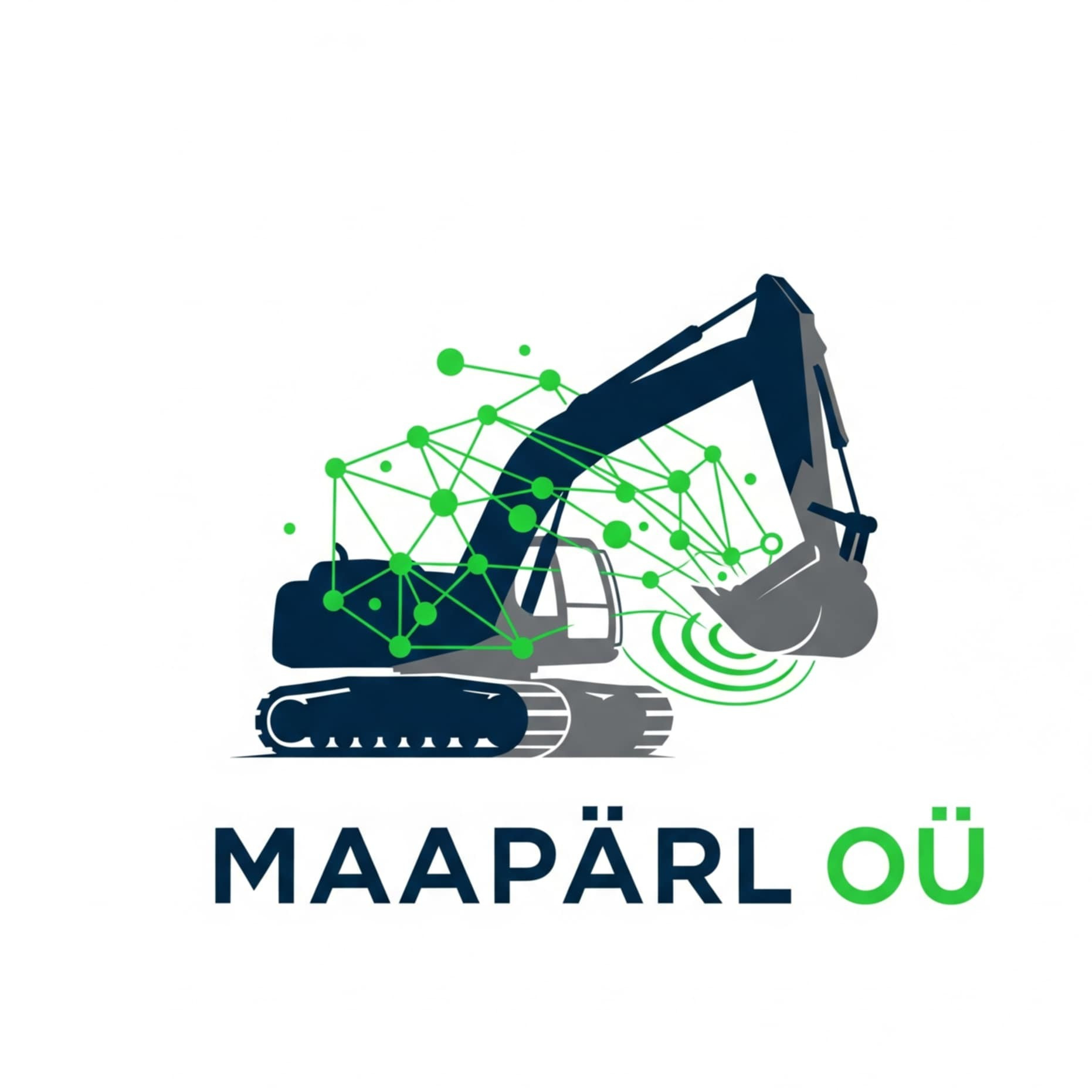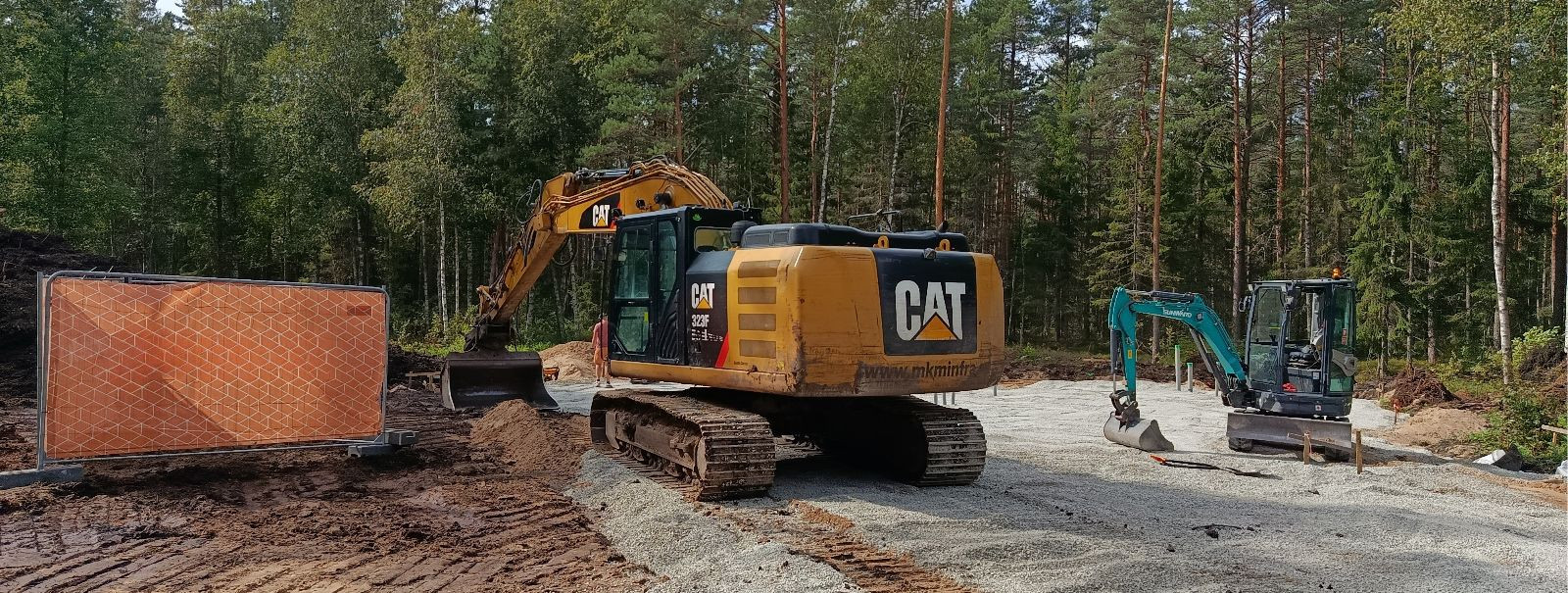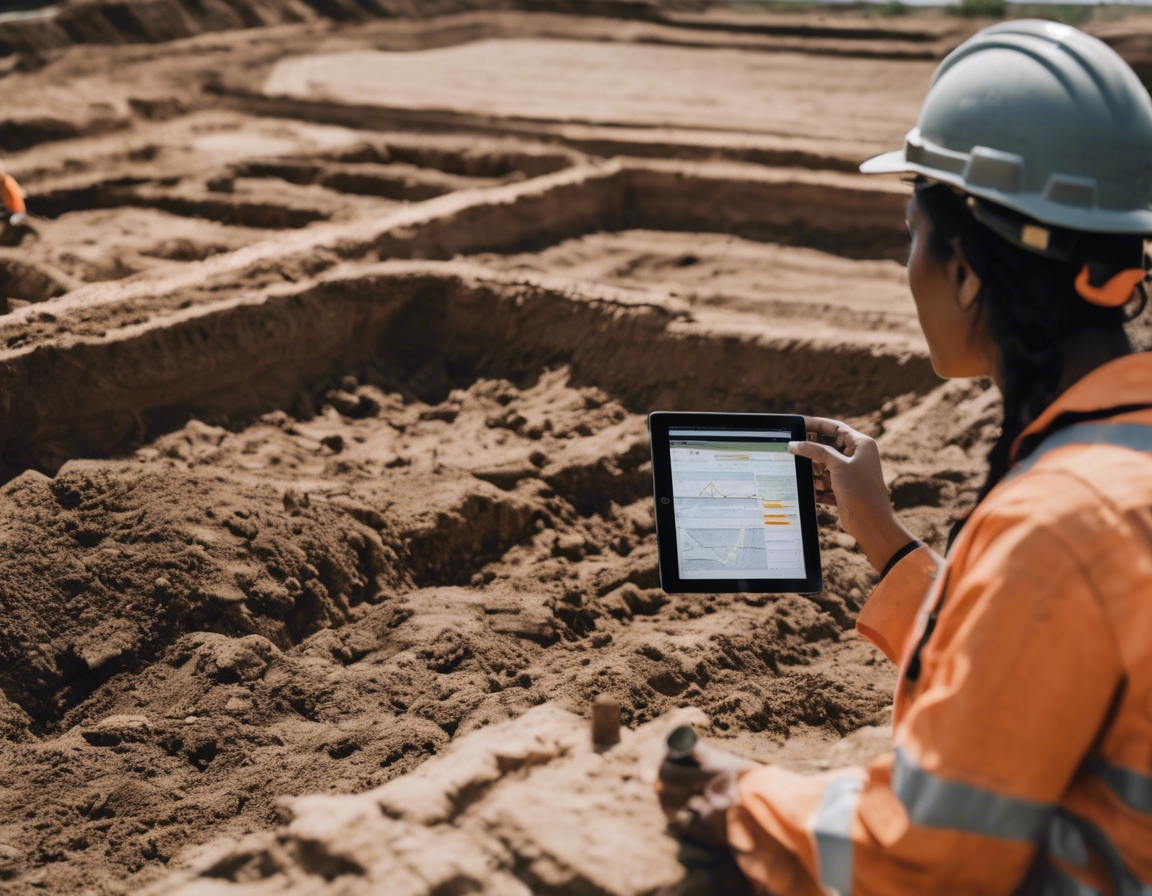The future of digitalized excavation
As the construction industry continues to evolve, digitalized excavation emerges as a pivotal innovation, transforming traditional methods into more efficient, precise, and sustainable practices. This shift is driven by the need to address common industry challenges such as project delays, cost overruns, and environmental concerns. Digitalized excavation leverages cutting-edge technologies to enhance the excavation process, offering significant benefits to construction companies, real estate developers, and civil engineering firms.
2. Current Trends in Excavation Technology
Automation and robotics are at the forefront of digitalized excavation. Autonomous machinery equipped with GPS and sensor technology can perform tasks with minimal human intervention, reducing labor costs and increasing safety. These machines can operate continuously, ensuring projects stay on schedule and within budget.
Data analytics plays a crucial role in digitalized excavation by providing real-time insights into site conditions and equipment performance. By analyzing data from various sources, construction managers can make informed decisions, optimize resource allocation, and predict potential issues before they arise, thus minimizing delays and cost overruns.
With growing environmental concerns, sustainable practices are becoming integral to excavation projects. Digitalized excavation supports sustainability by optimizing resource use, reducing waste, and minimizing the carbon footprint of construction activities. Technologies such as 3D modeling and simulation help in planning more efficient excavation strategies, further contributing to environmental conservation.
3. Benefits of Digitalized Excavation
Digitalized excavation enhances precision through technologies like laser scanning and GPS-guided equipment. These tools ensure that excavation is carried out with exact measurements, reducing the likelihood of errors and rework. This precision translates into greater efficiency, allowing projects to progress smoothly and swiftly.
By automating processes and utilizing data-driven insights, digitalized excavation significantly reduces operational costs and project timelines. The ability to predict and mitigate potential issues before they occur means fewer disruptions and more streamlined workflows, ultimately leading to substantial savings.
Digitalized excavation contributes to environmental sustainability by minimizing the ecological footprint of construction activities. Efficient resource management and reduced waste generation are key benefits, aligning with the industry's growing commitment to eco-friendly practices.
4. Challenges and Considerations
Integrating new technologies into existing workflows can be challenging. Companies must invest in training and infrastructure to ensure seamless adoption of digitalized excavation methods. Overcoming these hurdles is essential for maximizing the benefits of technological advancements.
The shift towards digitalized excavation requires a workforce that is skilled in operating advanced machinery and interpreting data analytics. Continuous training and development programs are necessary to equip employees with the necessary skills and knowledge.
As with any technological advancement, digitalized excavation must comply with regulatory standards and safety protocols. Ensuring that new technologies meet these requirements is crucial to maintaining safe and compliant operations.
5. The Role of MAAPÄRL OÜ in Shaping the Future
MAAPÄRL OÜ is at the forefront of the digitalized excavation revolution, offering innovative solutions that address the industry's most pressing challenges. By leveraging state-of-the-art technology and a commitment to sustainability, MAAPÄRL OÜ is helping construction companies, real estate developers, and civil engineering firms achieve their project goals with precision and efficiency.






Comments (0)